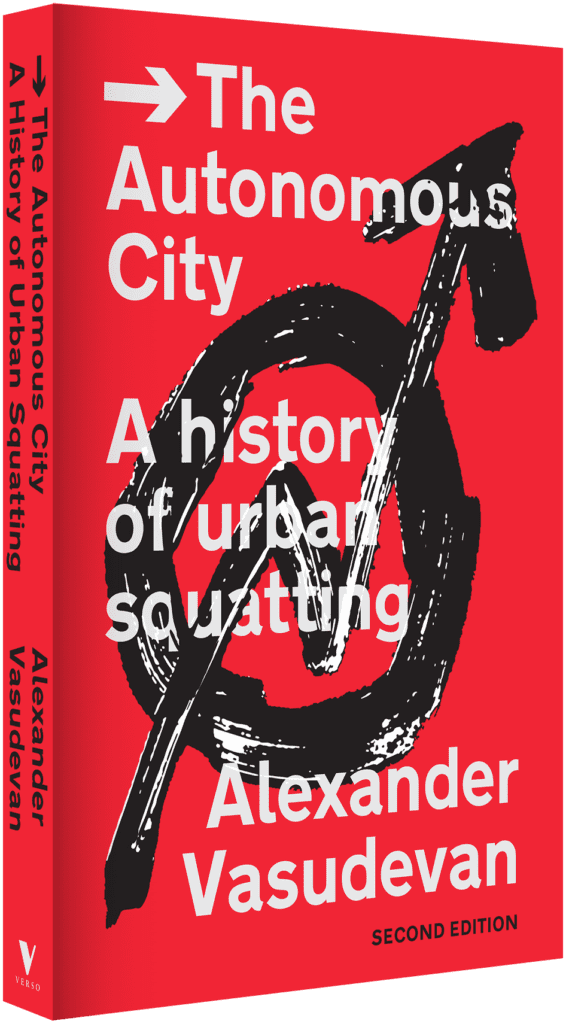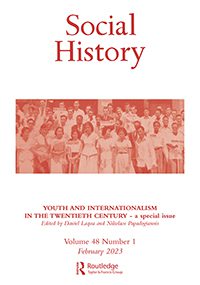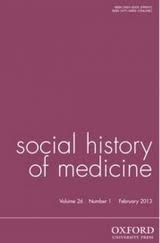
Gender and Sexuality in Modern Japan by Sabine Frühstück

news, new scholarship & more from around the world





One of John Venn’s major achievements was to find a way to visualise a mathematical area called set theory. Set theory is an area of mathematics which can help to formally describe properties of collections of objects.

Lakeview Terrace Apartments, Cleveland, Ohio.








National Fascist Party headquarters in Rome in 1934, decorated with the face of Benito Mussolini, calling for national approval with a ‘Si’ vote on a fascist referendum.

History of Psychiatry, Ahead of Print.
In the nineteenth century, photography became common in psychiatric asylums. Although patient photographs were produced in large numbers, their original purpose and use are unclear. Journals, newspaper archives and Medical Superintendents’ notes from the period 1845–1920 were analysed to understand the reasons behind the practice. This revealed: (1) empathic motivation: using photography to understand the mental condition and aid treatment; (2) therapeutic focus on biological processes: using photography to detect biological pathologies or phenotypes; and (3) eugenics: using photography to recognise hereditary insanity, aimed at preventing transmission to future generations. This reveals a conceptual move from empathic intentions and psychosocial understandings to largely biological and genetic explanations, providing context for contemporary psychiatry and the study of heredity.








Throughout the city an increasing number of chronically mentally ill are finding shelter in deteriorating hotels or boarding houses, many of which violate numerous fire and safety standards. Yet enforcement of those standards is sporadic and ineffectual. “Many limes I think, ‘My God, we’re sending people out who are not that well to begin with to these filthy places,’” says a Dammasch social worker, who tries to find housing for discharged patients. Above: Former Dammasch State Hospital (1961-1995)



Deep in an archive kept secret for decades, the author found a stunning trove: social workers’ notes gathered over many years on the early life of Albert DeSalvo, the admitted killer of 11 women and one of Boston’s few truly iconic criminals.





History of Psychiatry, Ahead of Print.
Expansive autopsychosis, grouped with cycloid psychoses – an illness entity of double origin: (1) Morel’s notion degeneracy, reformulated by Magnan and Legrain (reflected in Wimmer’s concept: psychogenic psychosis); (2) Wernicke’s, Kleist’s, Bostroem’s (and later Leonhard’s) notion of these purportedly independent conditions. Locked in the Danish language, Strömgren and Ostenfeld provided important contributions to this field, exemplified by Ostenfeld’s casuistry, translated in this Classic Text.

History of Psychiatry, Ahead of Print.
Ancient Greek and Latin medical authors considered a flight into solitude a compelling sign of mental disturbance, frequently described as misanthropia, a word fraught with meaning beyond the medical discourse. The fictionalised character Timon of Athens, the quintessential misanthrope, can shed light on ancient cultural concepts of self-imposed isolation from human contact. To cope with the sense of unease this deviant behaviour induced, misanthropia was explained as ‘madness’, ridiculed in various genres of humour, morally condemned in philosophy, and ultimately demonized in Christian cosmology. These various attempts at containment echo in the medical works of the age, making it impossible to comprehend the concept of misanthropia in ancient medicine without taking full account of the cultural context.






EpsteinStephenThe Quest for Sexual Health: How an Elusive Ideal Has Transformed Science, Politics, and Everyday Life, Chicago, IL: University of Chicago Press, 2022. Pp. xii + 449. $30.00. Pbk ISBN 978-0-2268-1822-1.


Arnold-ForsterAgnes. The Cancer Problem: Malignancy in Nineteen-Century Britain. Oxford: Oxford University Press, 2021. 272 pp.


